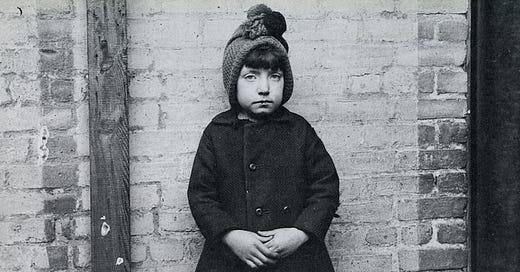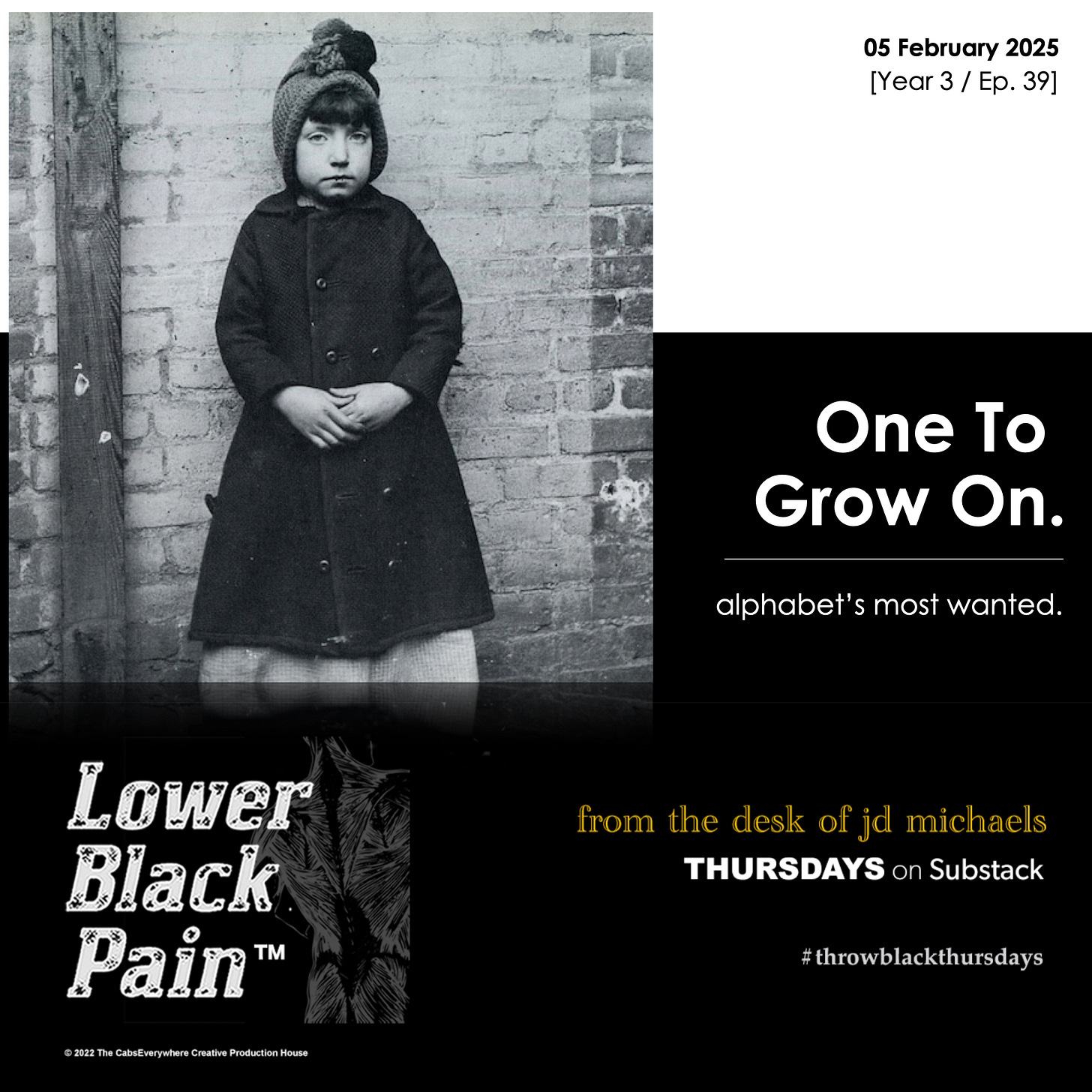During the Pandemic I had the opportunity to work with a group of black artists to produce an event during February, which naturally became associated with Black History Month. But since the event’s content focused on science fiction, it was decided we would celebrate Black Future Month instead, telling stories that focused on what might be rather than what had been.
This appealed to all the artists, but not all of the organizers, who were confused at what they considered a wasted opportunity for us to celebrate George Washington Carver again, whom we all highly respected, but just were going in a different direction.
Their blatant disdain inspired a “teach-in” session; the works of Samuel R. Delany, Octavia Butler, and N.K. Jemisin were introduced, as well as the box office success of the MARVEL film “Black Panther” where a scientifically advanced yet somehow still firmly agrarian society thrived behind camouflage in Africa. I spoke quite passionately of Martin Luther King’s “I Have A Dream” speech, coining it “the most successful afrofuturist manifesto ever created”, as the images and situations he spoke about were, at the time, far less likely than walking on the moon.
The detractor was not convinced. Their argument was that the audience for this event would be expecting the names and situations they were familiar with, and to supplant the invention of peanut butter for “Wakanda Forever” would be met with the same intense disappointment as if we traded La Befana for Santa Claus. “Play the hits.” they insisted.
We resisted, and said that if this event was supposed to focus on the authentic cultural truths of a specific group of people, and we were those people (whereas the organizers were not), then they could either read the room or employ ChatGPT and Canva to create a dynamic PowerPoint display in our stead.
They relented. The event was successful, quite futuristic, and authentically expressed the artists reality. I didn’t understand what the big deal was, yet the organizer’s disdain regarding what the artists wanted to say was only equalled by their keen enthusiasm to publicly promote them as partners, like on a date where they say they want to learn all about you - but by dessert you’ve figured out they weren’t really listening, just admiring what you were wearing and hoping that one of their friends sees you together.
I am ten years older than Black History Month. It used to be just a week long, but in 1976 President Gerald Ford signed an official White House declaration regarding it: ten years later it was even recognized officially by Congress.
It’s not a law, by any means, and can’t be enforced in any way… it’s a theme, nowadays most prevalent on the streaming channel landing screens which invite you to enjoy the comedy of Eddie Murphy and music of Beyoncé.
And yet, disdain. Such disdain. Good grief, it isn’t even like the checkout people at Target greet you with a “Happy BLM!”. Nary a seasonal thematic peep. Not even at Whole Foods. It’s only a suggestion to remember to consider to think about something.
Like all commemorative holidays, Black History Month just promotes information and empathy, focusing the dignity of a certain sociological group, which is why, obviously, it’s a national problem.
In 1890, Jacob Riis published a photograph series of the slums in Manhattan. While the northern part of the island was in the midst of a Gilded Age, the Lower East Side was an unimaginable ruin, the literal antithesis of the glorious splendor a few miles away. His folio, “How The Other Half Lives”, shocked the rich and powerful into action, even inspiring a young Theodore Roosevelt to seek sweeping reforms. Folks had no idea it was that bad, the situation seemed terrible, and those families deserved better.
In the late ’60s and early ‘70s, network news brought a distant conflict directly to America’s living rooms. Unlike the upbeat jaunty “Let’s Get ‘Em, Boys!” films of World War II, the daily television broadcasts showing the Vietnam War from the ground made many uneasy, and they began to question the costs versus what they were told would be gains from the outcome. Thus, many were not surprised when the nation began not to think as one, but fracture over the issue, because folks had no idea it was that bad, the situation seemed terrible, and those soldiers deserved better.
For 25 days in 1977, over 150 members of the Disability community occupied the federal building in San Francisco, demanding legal protections for disabled citizens nationwide. Fueled by years of frustration, they banded together and were seen by millions through television news reports. This attention brought pressure on the local government to negotiate in earnest, and when they left the building, their efforts had created a seminal step in the long road toward getting the ADA signed over twenty years later. This action held sway because folks had no idea it was that bad, the situation seemed terrible, and all those people deserved better.
Now, would you just look at that. Men, in suits, had to negotiate, make concessions, and share space and funds! For goodness sakes, how many of these kerfuffles could have been avoided if folks just hadn’t known things and felt things. I mean, my word.
It’s hard to understand any problem when it’s not our own, and even harder when we don’t have context or contact with anyone dealing with the situation. Information and empathy are society’s bridge to one another, a particularly powerful cocktail when art is added as a mixer.
However, the deep belief that some folks deserve better, that each person should get at least a fighting chance to thrive and build a life for themselves, is a personal conviction that cannot be generated from a photo or a news story. One is either an advocate of dignity, for all people, or they are not.
Dignity.
Empathy.
Information -
- oh…now I see the problem, I had never laid it out in that order… of course, you would have to take care of that, like right now. Yikes. Very dangerous.














Share this post